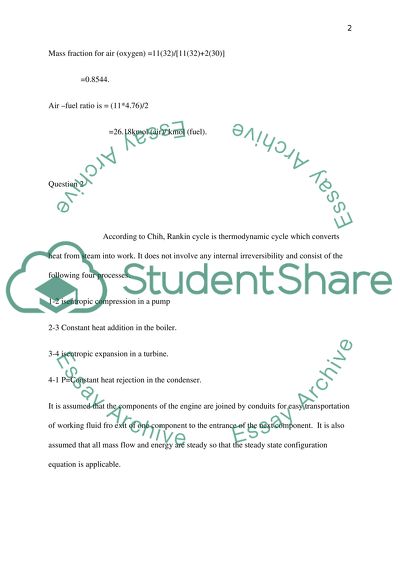Thermodynamics and Fluids II Essay Example | Topics and Well Written Essays - 500 words. Retrieved from https://studentshare.org/engineering-and-construction/1639254-thermodynamics-and-fluids-ii
Thermodynamics and Fluids II Essay Example | Topics and Well Written Essays - 500 Words. https://studentshare.org/engineering-and-construction/1639254-thermodynamics-and-fluids-ii.


